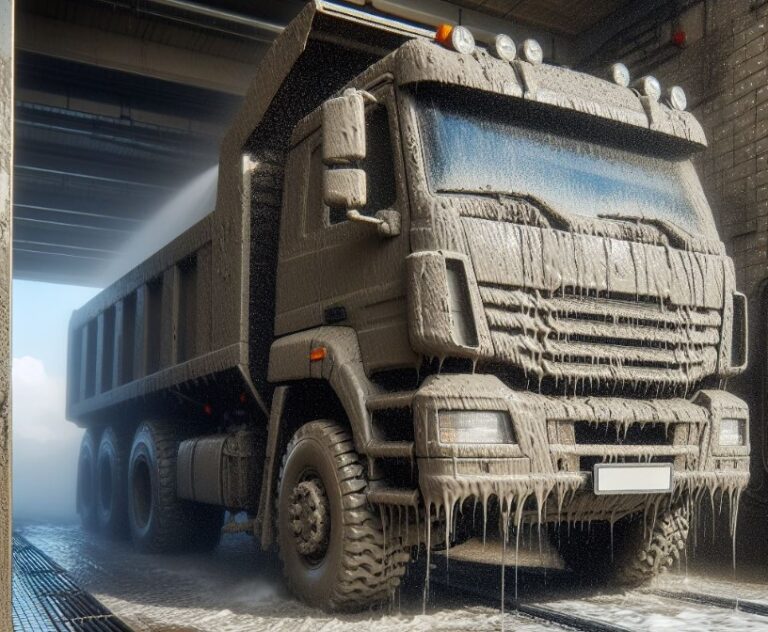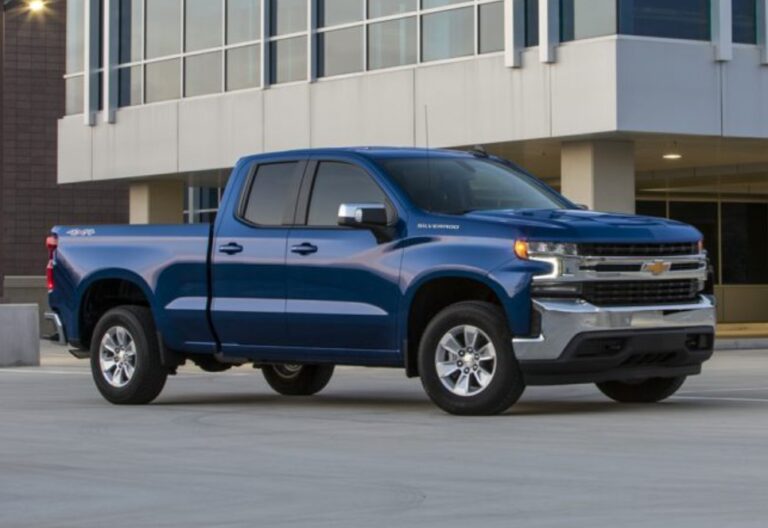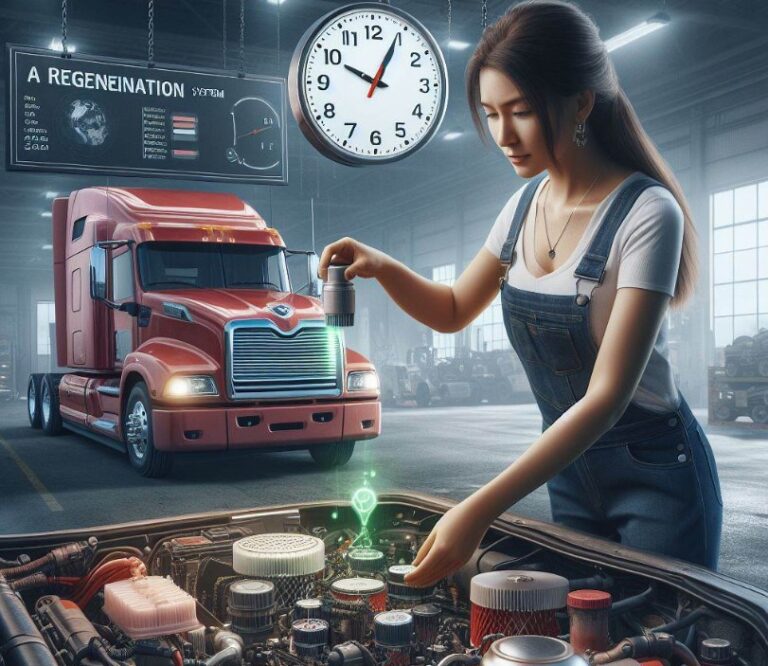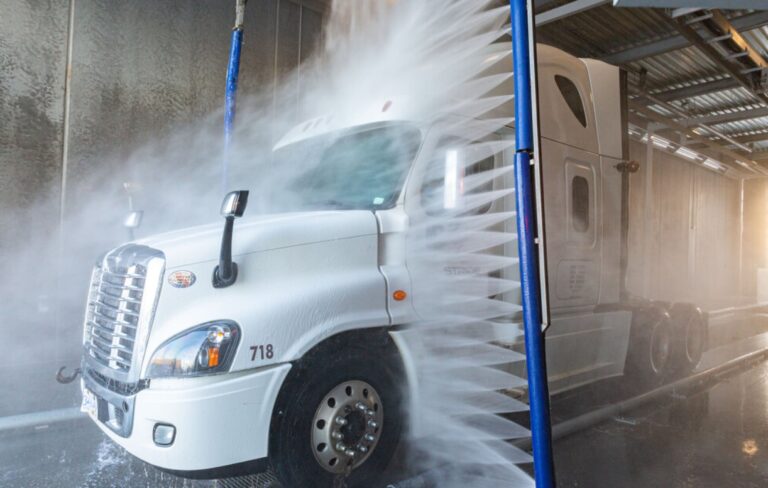What Is A Reverse Level On A Truck? A Complete Breakdown
In this article, we’ll explain What Is A Reverse Level On A Truck? This question often puzzles many, especially those new to the trucking or automotive industry. In simple terms, a reverse level on a truck is a modification technique.
It primarily involves altering the truck’s suspension to change its height profile. This technique is popular among truck enthusiasts seeking a distinctive look or specific handling characteristics. Understanding this concept is crucial for truck owners and automotive enthusiasts.
Key Takeaways
- A reverse level involves modifying a truck’s suspension.
- It aims to change the vehicle’s height profile, often lowering the front.
- Popular among truck enthusiasts for aesthetics and handling.
- Understanding reverse leveling is important for safety and performance.
What Is A Reverse Level On A Truck?
At its core, a reverse level is a process where the truck’s front end is lowered to match the height of the rear. Typically, trucks come with a higher front end to accommodate load-bearing.
However, for various reasons, owners might prefer a more balanced or lower front profile. This modification not only impacts the appearance but can also affect the truck’s aerodynamics and handling.
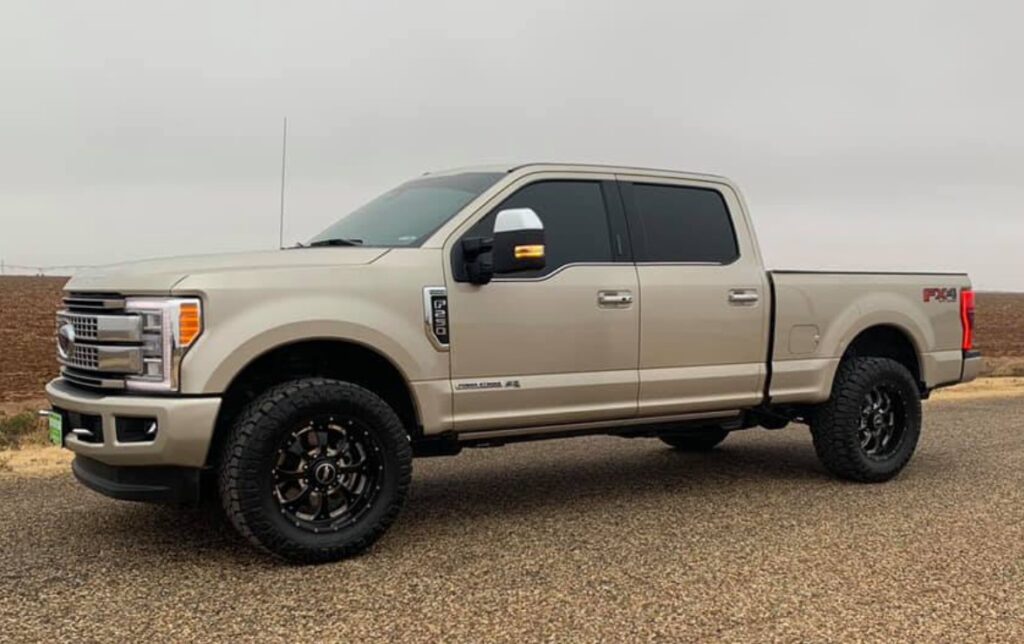
The Purpose of Reverse Leveling
The primary reason for reverse leveling is aesthetic. Many truck owners find a balanced profile more visually appealing. However, it’s not just about looks. Lowering the front end can improve the truck’s aerodynamics, potentially enhancing fuel efficiency. Also, some drivers report better handling and stability, especially at higher speeds.
Safety and Handling Considerations
It’s crucial to consider the impact on safety and handling. Altering the truck’s suspension can change its center of gravity and weight distribution. This modification should be done carefully to avoid adversely affecting the truck’s handling, especially under load or during emergency maneuvers.
Benefits of Reverse Leveling
Reverse leveling offers several advantages. Firstly, it creates a sleek, balanced look that many truck owners desire. Secondly, it can improve aerodynamics, potentially leading to better fuel efficiency. Lastly, it may enhance the truck’s handling and stability, particularly at high speeds.
Enhanced Aesthetic Appeal
The balanced profile achieved through reverse leveling is a significant draw for many. It gives the truck a unique and customized look, setting it apart from standard models.
Improved Aerodynamics and Fuel Efficiency
By lowering the front end, the truck can cut through the air more efficiently, potentially improving fuel efficiency. This aerodynamic advantage is a practical benefit of reverse leveling.
Challenges and Considerations in Reverse Leveling
While reverse leveling has its benefits, it also comes with challenges. One primary concern is the potential impact on the truck’s warranty. Many manufacturers might void the warranty if the suspension is altered. Additionally, there’s the risk of adversely affecting the truck’s handling and safety.

Warranty and Manufacturer Concerns
Modifying a truck’s suspension can lead to warranty issues. It’s important to check with the manufacturer or a professional before proceeding with reverse leveling.
Impact on Handling and Safety
The change in the truck’s height profile can affect its handling and stability. This alteration requires careful consideration and, ideally, professional implementation to ensure safety is not compromised.
Reverse Leveling Techniques
There are various techniques to achieve reverse leveling. These include using lowering kits, adjusting the suspension components, or replacing certain parts like springs and shocks. Each method has its pros and cons, and the choice often depends on the specific truck model and the owner’s preferences.
Using Lowering Kits
Lowering kits are a popular option for reverse leveling. They typically include all the necessary components and instructions, making them a convenient choice for many truck owners.
Adjusting Suspension Components
Adjusting existing suspension components is another method. This approach might be more cost-effective but requires a good understanding of the truck’s suspension system.
What Is A Reverse Light On A Truck?
A reverse light on a truck is a safety feature that illuminates when the vehicle is put in reverse gear. These lights, typically bright and white, are designed to signal other road users that the truck is backing up.

They also provide illumination behind the truck, aiding the driver in seeing obstacles or hazards in low-light conditions. This feature is standard in all modern vehicles, including trucks, as a part of their lighting system.
What Is The Purpose Of A Leveling Kit On A Truck?
A leveling kit on a truck is used to raise the front of the truck so that it is at the same height as the rear. Trucks are often manufactured with the rear slightly higher than the front, primarily to accommodate heavy loads without sagging.
A leveling kit corrects this imbalance, resulting in a level stance of the truck. This not only improves the truck’s appearance but can also enhance its handling, particularly when the truck is not carrying heavy loads. Additionally, leveling kits may provide the clearance needed for larger tires.
What Does Leveling Out A Truck Mean?
Leveling out a truck refers to the process of adjusting the truck’s suspension to ensure that the front and rear ends are at the same height. This is typically achieved through a leveling kit.

The primary purpose is to remove the factory rake (the natural incline of the vehicle with the rear higher than the front). Leveling out is a popular modification for truck owners who are looking for a more balanced and aesthetically pleasing vehicle profile, as well as for those who want to install larger tires or improve overall vehicle handling.
How To Reverse Level Your GM Truck?
Reverse leveling a GM truck involves lowering the front of the truck to make it level with or lower than the rear. The process usually requires a lowering kit specific to the GM truck model.
This kit may include components like lower springs, shocks, and other suspension parts. The steps generally involve removing the original suspension components and replacing them with the parts from the lowering kit.
It’s crucial to ensure that all components are compatible with the specific model of GM truck. Due to the complexity and potential safety implications, it’s often recommended to have this modification performed by a professional.
Conclusion
To conclude, What Is A Reverse Level On A Truck? It’s a specialized modification that lowers the front end of a truck to match or be lower than the rear. This adjustment is not just about aesthetics; it also impacts aerodynamics and handling.
While it offers benefits like improved looks and potentially better fuel efficiency, it comes with challenges like warranty concerns and safety implications. Proper implementation and understanding of reverse leveling are key to enjoying its advantages without compromising on safety.
Frequently Asked Questions
Can reverse leveling be reversed or undone?
Yes, reverse leveling can typically be reversed. However, this might require replacing the modified components with the original parts or readjusting the suspension to its factory settings.
Does reverse leveling affect a truck’s towing capacity?
Yes, reverse leveling can affect a truck’s towing capacity. By altering the suspension, the truck’s ability to handle heavy loads can be impacted. It’s important to consider this if you regularly use your truck for towing.
How much does it cost to reverse-level a truck?
The cost of reverse leveling a truck varies depending on the method used and the type of truck. Lowering kits can range from a few hundred to over a thousand dollars, not including labor costs if you have the work done professionally.
What are the common methods for reverse-leveling a truck?
The common methods include using lowering kits, which are designed specifically for this purpose, or manually adjusting the suspension components like springs and shocks. The choice of method often depends on the truck model, the desired outcome, and the owner’s budget.

Welcome to the exhilarating world of Matt Rex, a professional car racer turned renowned vehicle enthusiast. Immerse yourself in his captivating blog as he shares heart-pounding adventures, expert reviews, and valuable insights on cars, trucks, jets, and more. Fuel your passion for speed and discover the beauty of vehicles through Matt’s engaging stories and meticulous expertise. Join the ever-growing community of enthusiasts who find inspiration and expert advice in Matt Rex’s blog—a digital hub where the thrill of speed meets the pursuit of knowledge.


